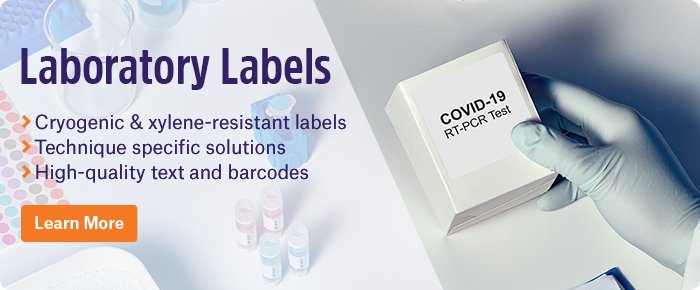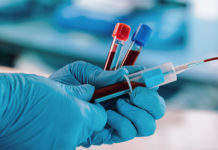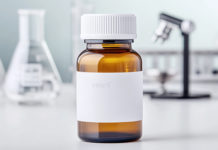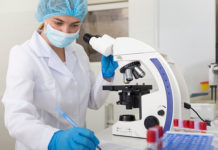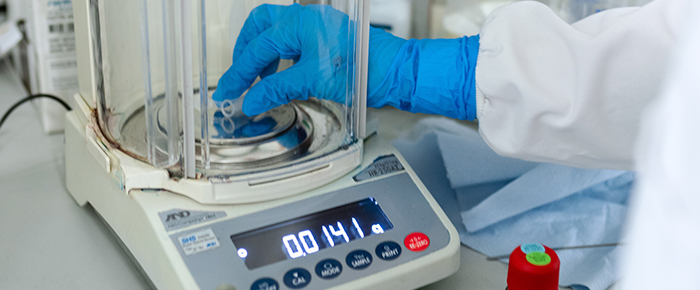 One of the most frustrating things that can happen in the lab is taking freshly prepared samples to an instrument and discovering that it’s broken. Specimens, reagents, and time are all wasted, leaving no one—from students to lab managers and supervisors—happy. As such properly maintaining laboratory equipment is of the utmost importance.
One of the most frustrating things that can happen in the lab is taking freshly prepared samples to an instrument and discovering that it’s broken. Specimens, reagents, and time are all wasted, leaving no one—from students to lab managers and supervisors—happy. As such properly maintaining laboratory equipment is of the utmost importance.
#1 – Read the manual
Before using any piece of lab equipment, you should read the manual. Though these manuals may not be immediately accessible in the lab—an old centrifuge is unlikely to be kept with its manual intact—it’s worth looking online or calling the manufacturer to obtain one. Compiling a list of these manuals is important for both troubleshooting when something goes wrong as well as training individuals to use the machine. One need not pour over the manual either; briefly reading the manual is a good way to assess how to use it properly and to potentially discover options you didn’t know were available.
#2 – Get trained on it
Training is the best way to learn how to use instrumentation properly. Remember, the easiest way to damage equipment is by using it improperly (everyone knows of someone who didn’t quite balance their tubes in the ultracentrifuge), and the most reliable way to avoid that is by training with experienced personnel. Don’t take training for granted either; if you’ve allocated time for it, aim to do a little experimental planning and troubleshooting, especially for machines like flow cytometers and mass spectrometers, which require many steps and adjustments to process samples.
#3 – Get others trained on it
A frequent source of damaged equipment is scientists from outside your lab performing an experiment without the proper training. In academic labs, where equipment is often shared without physical borders, this kind of thing can happen regularly to centrifuges, balances, microscopes, and other high-end imaging and detection systems. It’s therefore a worthy investment to train not only your own lab’s personnel but to actively identify and train others who may want to use the instrumentation. This can help avoid disagreements and infighting later through preventing the unauthorized and improper use of the instrument by personnel working outside your lab.
#4 – Clean it after use
Though a common-sense tactic to keeping your things in pristine condition, cleaning up after oneself is sometimes overlooked in the lab. For equipment, cleaning is essential, as it prevents the build-up of potentially hazardous powders and liquids from clogging your instrumentation. Moreover, merely performing a routine lab cleanup can limit the accumulation of dust, which can cause problems if left coalescing in and around your equipment over long periods.
#5 – Inspect it frequently
Problems with equipment aren’t always immediately apparent. It’s crucial to physically inspect your instruments throughout the year and to run performance tests, if applicable. This is especially necessary for equipment that isn’t used very often, as you’ll be able to resolve potential issues before the instrument is needed for testing down the road. While potentially expensive, maintenance contracts for critical equipment is usually a wise investment.
#6 – Calibrate
Calibrate your instruments and performing regular preventative maintenance keeps them working as accurately and precisely as possible. For instruments like pipettes, it’s worth getting them professionally calibrated once every 3 to 6 months. However, as stated above, it’s necessary to continually monitor their accuracy by testing them using pure water, a balance, and a weigh dish (the amount of water pipetted should yield the correct weight on the balance). A great way to track routine maintenance and calibration is to use specially designed labels that are affixed onto equipment and record maintenance information. These labels will also protect hand-written information from accidental spills and prevent unauthorized modification.
#7 – Refurbish
Refurbishing your equipment (i.e. taking it apart component by component to clean and repair) has its advantages when it comes to maintenance. It gives you the opportunity to verify the current quality of your components and to determine if any of them need to be replaced or repaired. It’s also much more effective to clean an instrument when it’s taken apart. Just be sure you know how to put it back together.
#8 – Log usage of the equipment
It’s important to keep track of who’s using the equipment and what they’re doing with it, as identifying the source of any problem requires a firsthand account of how it occurred and when. It will also allow you to assess when the machine needs its regular calibration/maintenance.
Logbooks can be either handwritten or electronic. For electronic books, a laboratory information management system (LIMS) can be used to log activity for your lab’s equipment, providing a foolproof audit trail that accounts for all necessary information pertaining to the instrument.
#9 – Compile a toolkit for minor repairs
Just like at home, it’s worth having some quality tools in your lab to solve minor problems. Here are a few that might come in handy for small fixes:
- A multi-bit screwdriver
- A set of Allen keys
- A set of wrenches
- Pliers
- Forceps
- Toothbrush
- Machine-specific lubricants
- Duct tape
- Electrical tape
- Superglue
#10 – Build equipment and tools with a 3D printer
We previously wrote about how Pierre Baillargeon from Scripps Florida uses 3D printers to design new equipment, parts, and tools. 3D printers have become relatively cheap and simple to use, with instructions and free blueprints on how to design many useful lab gadgets, including equipment like customized plate holders and reservoirs, all listed on GitHub. This can significantly reduce the price of buying or repairing new equipment; for the low price of 100$, you can even make your own orbital shaker. These printers also let you customize the shape of the part or tool you need, making it easier to resolve issues quickly and efficiently.
#11 – When all else fails, contact technical support
If there’s a problem you simply can’t overcome, there’s no shame in calling the company that made the instrument to come to repair it. Similar to performing preventative maintenance, major malfunctions should be taken care of by professionals experienced with the instrument. Simply calling technical support might also allow you to fix the problem yourself with a bit of guidance and your handy toolkit.
LabTAG by GA International is a leading manufacturer of high-performance specialty labels and a supplier of identification solutions used in research and medical labs as well as healthcare institutions.

